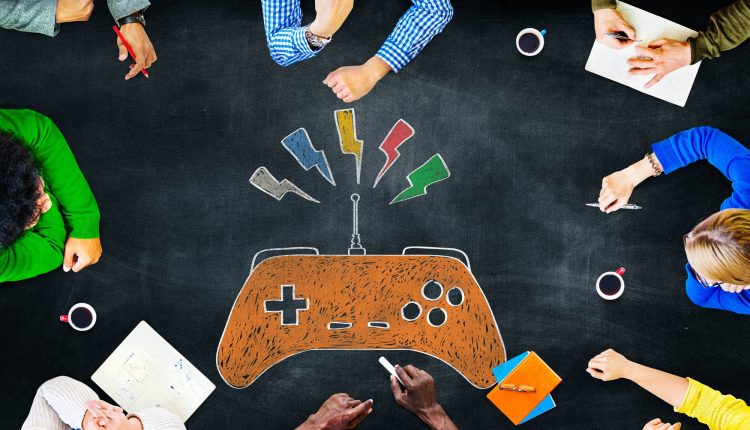In recent years, the world of education has witnessed a remarkable transformation, thanks to the integration of technology into the learning process. Among the various technological innovations, educational gaming has emerged as a powerful tool for engaging students and enhancing their learning experiences. This article explores the dynamic and evolving landscape of educational gaming, highlighting its benefits, challenges, and promising future.
The Evolution of Educational Gaming
From Pong to Pedagogy: A Historical Perspective
Educational gaming is not a recent phenomenon. Its roots can be traced back to the early days of video games, with classics like “Oregon Trail” and “Math Blaster” providing rudimentary educational content. However, it was only in the past decade that educational gaming evolved into a sophisticated and impactful educational tool.
A Multidisciplinary Approach
One of the reasons behind the success of educational gaming is its multidisciplinary nature. It draws from fields such as psychology, game design, and educational theory to create engaging and effective learning experiences. Game developers collaborate with educators and subject matter experts to ensure that the games align with educational objectives.
The Benefits of Educational Gaming
Engagement and Motivation
Educational games have a unique ability to captivate students’ attention. The interactive and immersive nature of these games makes learning fun and enjoyable. Students are more likely to stay engaged and motivated when they are actively participating in their learning.
Personalized Learning
Educational games often incorporate adaptive learning algorithms, allowing students to progress at their own pace. This personalization ensures that each student receives individualized instruction and support, catering to their specific learning needs.
Problem-Solving and Critical Thinking
Many educational games are designed to challenge students’ problem-solving and critical thinking skills. By presenting complex scenarios and puzzles, these games encourage students to think analytically and develop solutions independently.
Immediate Feedback
One of the significant advantages of educational gaming is the provision of instant feedback. Students receive immediate information on their performance, allowing them to identify areas for improvement and make necessary adjustments.
Challenges and Considerations
Quality Control
Not all educational games are created equal. Maintaining high-quality content and ensuring that games align with educational standards can be challenging. Educators must carefully evaluate and select games that meet their curriculum requirements.
Screen Time and Balance
While educational gaming can be highly beneficial, it is essential to strike a balance between screen time and other educational activities. Overuse of technology can have adverse effects on students’ health and well-being.
Accessibility and Equity
Not all students have access to the same technology and resources. Ensuring equitable access to educational gaming can be a challenge, particularly in underserved communities. Addressing this issue is crucial for promoting educational equality.
The Future of Educational Gaming
Virtual Reality and Augmented Reality
The future of educational gaming holds exciting possibilities, with the integration of virtual reality (VR) and augmented reality (AR) technologies. These immersive experiences can transport students to different eras, environments, and scenarios, making history, science, and other subjects come to life.
Data-Driven Insights
Educational games generate a wealth of data on student performance. Analyzing this data can provide valuable insights into students’ strengths and weaknesses, enabling educators to tailor instruction more effectively.
Gamification of Traditional Subjects
Educational gaming is not limited to specific subjects. It can be applied across the curriculum, from mathematics and science to literature and history. The gamification of traditional subjects can make learning more engaging and enjoyable.
Conclusion
Educational gaming has emerged as a powerful tool for modern education. Its ability to engage, motivate, and personalize learning experiences makes it a valuable addition to classrooms around the world. However, educators must navigate the challenges and ensure equitable access to harness the full potential of educational gaming. With continued innovation and collaboration between educators and game developers, the future of educational gaming looks promising, paving the way for a new era of learning while playing.



Comments are closed.